Home>Gardening & Outdoor>Landscaping Ideas>How To Grow Lawn Grass Fast


Landscaping Ideas
How To Grow Lawn Grass Fast
Modified: March 27, 2024
Learn effective landscaping ideas to grow lawn grass fast. Discover expert tips and techniques for achieving a lush, green lawn in no time. Explore our comprehensive guide now!
(Many of the links in this article redirect to a specific reviewed product. Your purchase of these products through affiliate links helps to generate commission for Storables.com, at no extra cost. Learn more)
Introduction
Welcome to the world of lush, green lawns! A beautiful, well-manicured lawn can transform your outdoor space, creating a welcoming and relaxing environment for you and your family to enjoy. Whether you’re starting from scratch with a bare patch of land or looking to revitalize your existing lawn, growing grass fast requires a combination of the right techniques and a little bit of patience. In this guide, we’ll explore the essential steps to help you achieve a vibrant and healthy lawn in no time.
From selecting the appropriate grass seed to mastering the art of watering, fertilizing, and maintenance, each aspect plays a crucial role in nurturing a thriving lawn. We’ll also cover common issues that may arise during the growth process and provide effective solutions to ensure your lawn remains in top condition. So, roll up your sleeves, put on your gardening gloves, and let’s dive into the wonderful world of fast lawn grass growth!
Key Takeaways:
- Choose the right grass seed based on your climate, soil, and maintenance preferences to lay a strong foundation for a healthy and vibrant lawn.
- Proper soil preparation, watering, fertilizing, and maintenance are essential for nurturing healthy grass growth and maintaining a lush, resilient lawn.
Read more: How To Grow Lawn Grass
Choosing the Right Grass Seed
When it comes to growing a vibrant lawn, selecting the right grass seed is the crucial first step. The climate and environmental conditions of your region should guide your choice of grass seed, ensuring that it is well-suited to thrive in your specific area. Cool-season grasses such as Kentucky bluegrass, fescue, and ryegrass are ideal for regions with cold winters and hot summers, while warm-season grasses like Bermuda, zoysia, and St. Augustine grass flourish in areas with mild winters and hot, humid summers.
Consider the amount of sunlight your lawn receives. If your yard is shaded by trees or buildings, opt for shade-tolerant grass varieties like fine fescue or shade-tolerant Kentucky bluegrass. For sun-drenched lawns, choose sun-loving grasses such as Bermuda or zoysia for optimal growth.
Soil type is another crucial factor to consider. If your soil is sandy, select grass varieties that thrive in well-draining soil, such as buffalo grass or Bermuda grass. For clay soil, opt for grasses like tall fescue or Kentucky bluegrass that can tolerate its moisture-retentive nature.
Additionally, consider the level of maintenance you are willing to commit to. Some grass varieties require more frequent mowing, watering, and fertilizing, while others are more low-maintenance. Determine the level of care you can provide to your lawn and choose a grass type that aligns with your maintenance preferences.
Lastly, consider the intended use of your lawn. If you have children or pets who will frequently play on the grass, select a durable, wear-resistant grass variety that can withstand heavy foot traffic.
By carefully considering these factors, you can select the perfect grass seed that will lay the foundation for a healthy and thriving lawn.
Soil Preparation
Before sowing your chosen grass seed, it’s essential to prepare the soil to create an optimal environment for seed germination and root development. Start by removing any debris, rocks, and weeds from the area where you plan to grow your lawn. This will provide a clean and clear canvas for your grass seed to take root.
Conduct a soil test to assess its pH level and nutrient composition. This will help you determine if any amendments are needed to create a fertile and balanced soil environment. Adjust the pH level as necessary by adding lime to raise the pH or elemental sulfur to lower it. Incorporate organic matter such as compost or well-rotted manure into the soil to improve its structure and fertility.
Using a garden tiller or a rake, loosen the top layer of soil to a depth of about 4-6 inches. This will promote better root penetration and allow the young grass plants to establish themselves more effectively. Smooth out the soil surface with a rake to create a level and uniform area for seeding.
Once the soil is prepared, it’s time to sow the grass seed. For even distribution, consider using a seed spreader to ensure that the seeds are dispersed uniformly across the soil surface. After spreading the seeds, lightly rake the soil to cover the seeds with a thin layer of soil, which will protect them from birds and help maintain consistent moisture levels for germination.
Water the seeded area gently and consistently to keep the soil moist until the seeds germinate and the grass establishes itself. Avoid overwatering, as this can lead to seed displacement and washout. With proper soil preparation and care, your grass seed will have the best possible start for healthy growth.
Watering and Fertilizing
Proper watering and fertilizing are essential for nurturing healthy and vigorous grass growth. After sowing the grass seed, it’s crucial to maintain consistent moisture in the soil to support germination and establishment. Water the seeded area lightly and frequently, keeping the soil moist but not waterlogged. As the grass seedlings emerge and develop, gradually transition to deeper, less frequent watering to encourage the growth of strong and resilient roots.
Once the grass has become established, adjust your watering schedule based on the specific requirements of the grass variety you have chosen. Some grasses may require more frequent watering, especially during hot and dry periods, while others are more drought-tolerant. Deep, infrequent watering encourages the development of deep root systems, making the grass more resilient to dry spells and environmental stress.
Fertilizing your lawn provides essential nutrients that support healthy growth and vibrant green color. Choose a high-quality, slow-release fertilizer specifically formulated for the type of grass you are growing. Apply the fertilizer according to the manufacturer’s instructions, ensuring even coverage across the lawn. Early spring and early fall are optimal times for fertilizing, as they coincide with the periods of active growth and help the grass prepare for the changing seasons.
Consider using organic fertilizers, such as compost or manure-based products, to promote long-term soil health and sustainability. These natural fertilizers enrich the soil with organic matter and beneficial microorganisms, fostering a balanced and fertile environment for your lawn to thrive.
Regularly monitor the condition of your lawn to gauge its response to watering and fertilizing. Adjust your practices as needed to ensure that the grass receives the right amount of moisture and nutrients for robust growth. With proper watering and fertilizing, you can cultivate a lush, healthy lawn that enhances the beauty of your outdoor space.
To grow lawn grass fast, make sure to water it deeply and infrequently, mow it at the right height, and fertilize it regularly with a high-nitrogen fertilizer.
Mowing and Maintenance
Mowing your lawn at the correct height and frequency is crucial for promoting healthy grass growth and maintaining an attractive appearance. The ideal mowing height varies depending on the grass species you have planted. Cool-season grasses like Kentucky bluegrass and fescue generally thrive when mowed to a height of 2.5 to 3.5 inches, while warm-season grasses such as Bermuda and zoysia prefer a shorter mowing height of around 1 to 2 inches.
Regular mowing encourages the grass to develop a dense, lush appearance and promotes the growth of tillers, which are horizontal stems that contribute to the lawn’s thickness and resilience. Aim to mow your lawn frequently enough to remove no more than one-third of the grass blade’s height in a single mowing session. This practice helps prevent stress on the grass and minimizes the risk of scalping, which can leave the lawn vulnerable to damage and disease.
Keep your lawn mower blades sharp to ensure clean and precise cuts, which promote faster recovery and minimize the risk of disease. Dull blades can tear the grass, creating jagged edges that are more susceptible to moisture loss and disease infiltration. Additionally, vary the mowing pattern with each session to prevent the grass from developing a grain or leaning in one direction, promoting more uniform growth.
Aside from mowing, regular maintenance tasks such as aerating, dethatching, and overseeding can contribute to the overall health and vitality of your lawn. Aeration helps alleviate soil compaction and improves air, water, and nutrient penetration to the grassroots. Dethatching removes excessive thatch, allowing for better airflow and nutrient absorption. Overseeding fills in bare patches and introduces new grass varieties to enhance the lawn’s density and resilience.
By incorporating these maintenance practices into your lawn care routine, you can ensure that your grass remains healthy, vibrant, and resilient to environmental stressors. A well-maintained lawn not only enhances the aesthetic appeal of your outdoor space but also provides a welcoming environment for outdoor activities and relaxation.
Read more: How To Stop Grass From Growing Fast
Dealing with Common Lawn Issues
While nurturing a lush green lawn can be a rewarding endeavor, it’s not uncommon to encounter various challenges along the way. Understanding and effectively addressing common lawn issues is essential for maintaining the health and beauty of your grass. Here are some prevalent problems and their potential solutions:
- Weeds: Unwanted weeds can compete with your grass for essential nutrients and water. Regularly inspect your lawn and manually remove weeds when they appear. Applying a pre-emergent herbicide can prevent weed seeds from germinating, while post-emergent herbicides can target existing weeds without harming the grass.
- Pests: Insects such as grubs, chinch bugs, and armyworms can damage your lawn by feeding on the grass roots and foliage. Monitor your lawn for signs of pest infestation, such as brown patches or irregular feeding patterns. Utilize targeted insecticides to control pest populations and protect your grass.
- Disease: Fungal diseases like brown patch and dollar spot can affect the health and appearance of your lawn. Ensure proper watering practices to prevent overhydration, as excessively moist conditions can promote disease development. Fungicides can be applied preventively or curatively to manage fungal infections.
- Compaction: Heavy foot traffic and machinery can lead to soil compaction, hindering the movement of air, water, and nutrients within the soil. Aerating the lawn using a core aerator helps alleviate compaction and promotes a healthier root system.
- Thatch: Excessive thatch buildup can impede water and nutrient penetration, leading to shallow root growth. Dethatching the lawn using a specialized rake or dethatching machine removes this layer of organic debris, allowing for better airflow and nutrient absorption.
It’s important to address these issues promptly to prevent them from escalating and causing extensive damage to your lawn. By staying vigilant and implementing targeted solutions, you can maintain a vibrant and resilient lawn that enhances the beauty of your outdoor space.
Conclusion
Cultivating a lush and vibrant lawn is a gratifying journey that requires careful attention, knowledge, and dedication. By choosing the right grass seed tailored to your climate and soil conditions, preparing the soil meticulously, and providing proper watering, fertilizing, and maintenance, you can establish a healthy and thriving lawn that enhances the beauty of your outdoor space.
Effective lawn care also involves addressing common issues such as weeds, pests, diseases, compaction, and thatch buildup through proactive monitoring and targeted interventions. By staying attuned to the needs of your lawn and promptly addressing any challenges that arise, you can maintain a resilient and visually appealing grassy expanse that serves as a welcoming setting for outdoor activities and relaxation.
Remember that patience and consistency are key when it comes to growing and maintaining a beautiful lawn. While the process may require time and effort, the rewards of a lush, green carpet of grass are well worth it. So, roll up your sleeves, put on your gardening hat, and embark on the journey of nurturing a stunning lawn that will be the envy of the neighborhood!
Frequently Asked Questions about How To Grow Lawn Grass Fast
Was this page helpful?
At Storables.com, we guarantee accurate and reliable information. Our content, validated by Expert Board Contributors, is crafted following stringent Editorial Policies. We're committed to providing you with well-researched, expert-backed insights for all your informational needs.
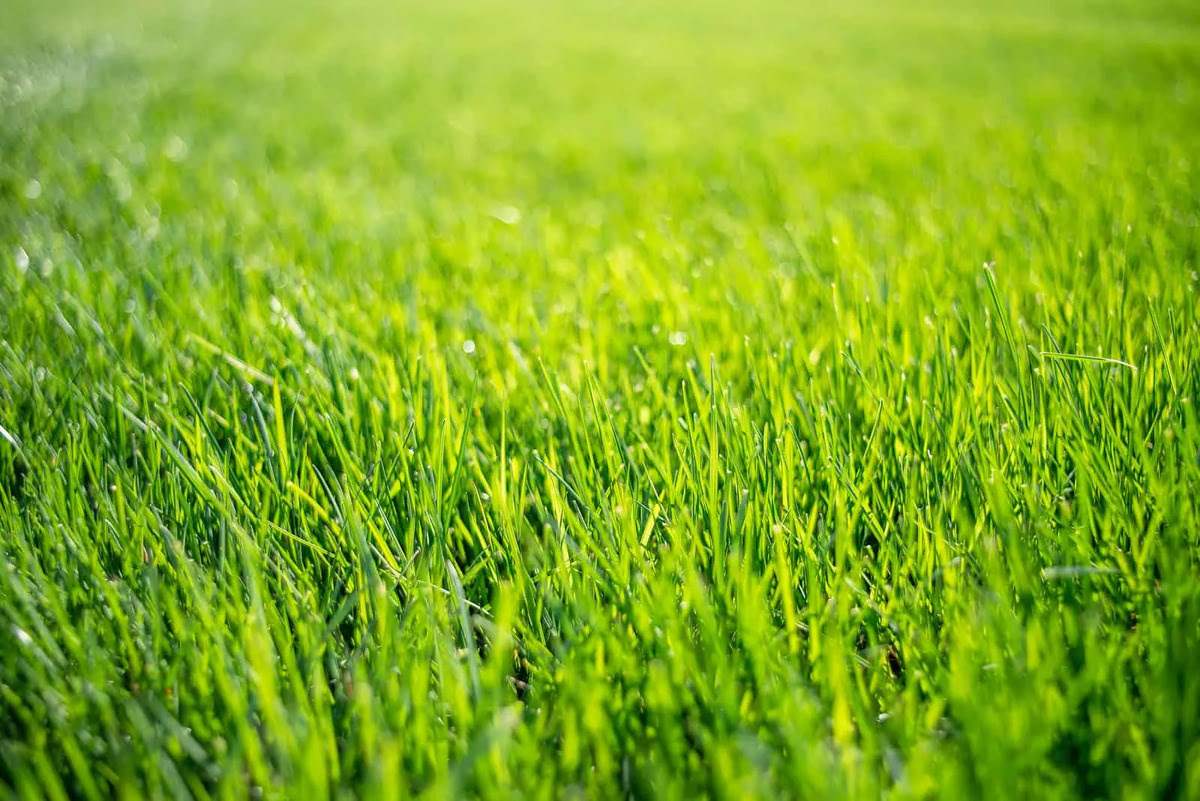
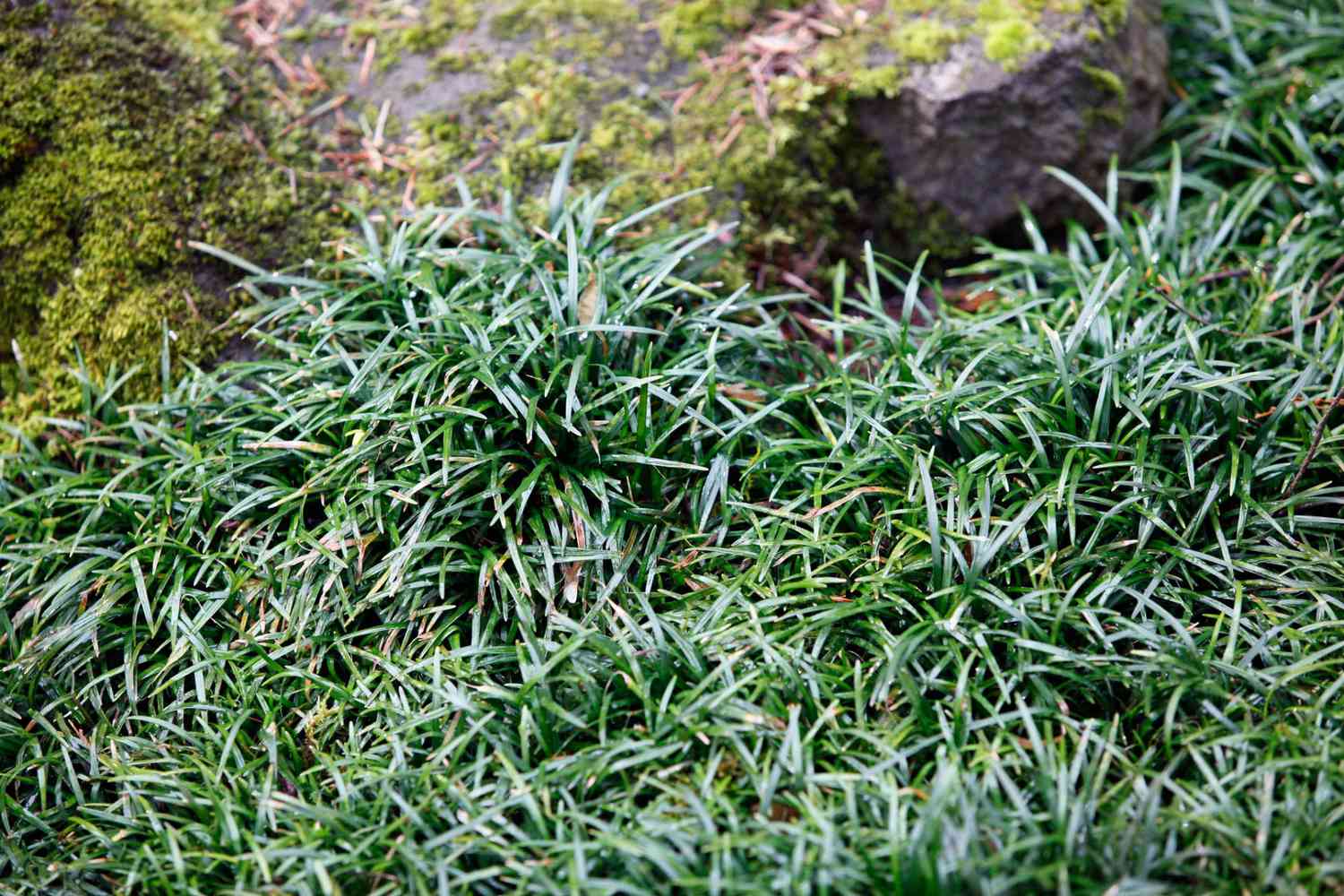
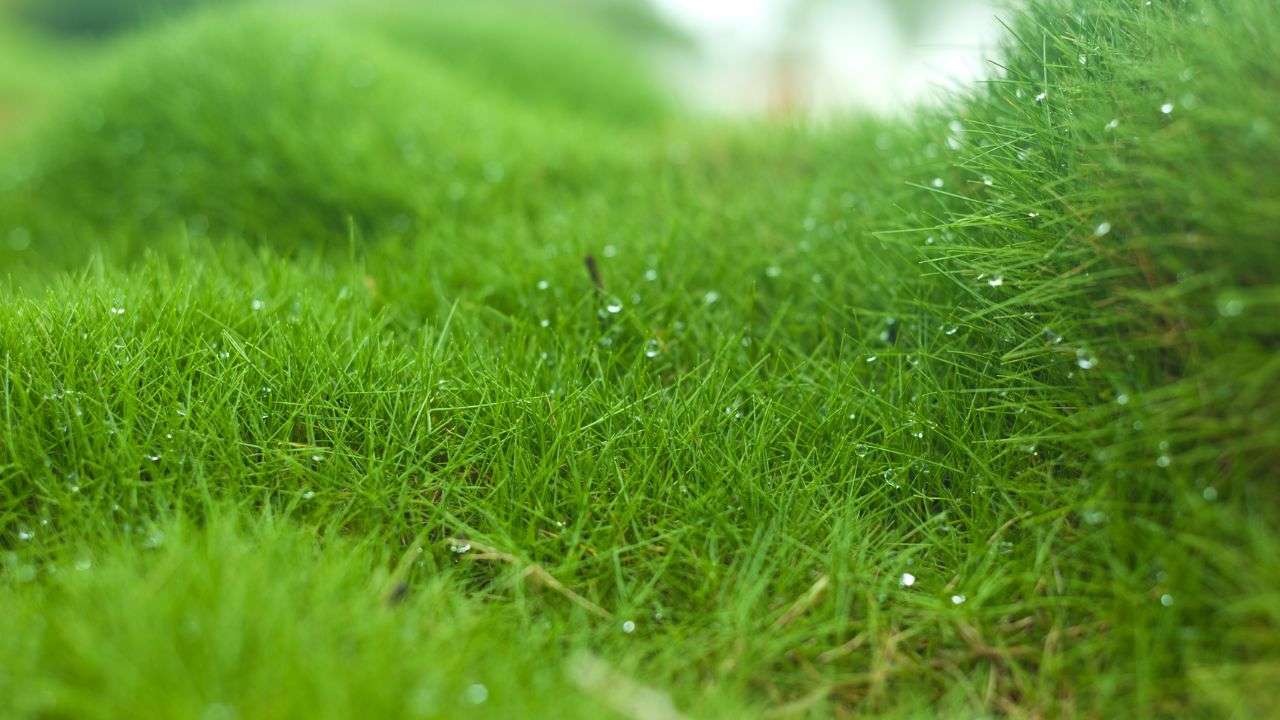

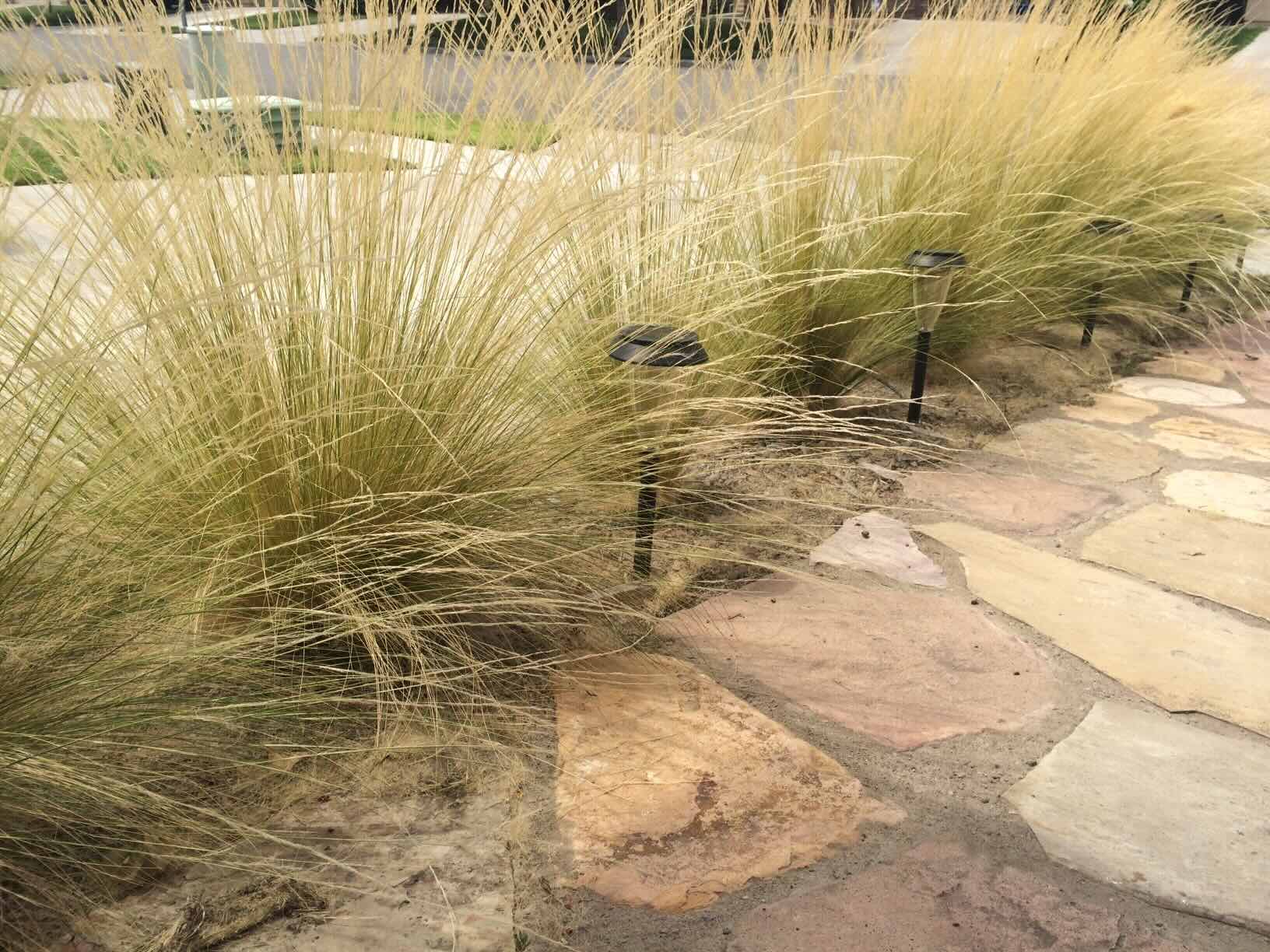

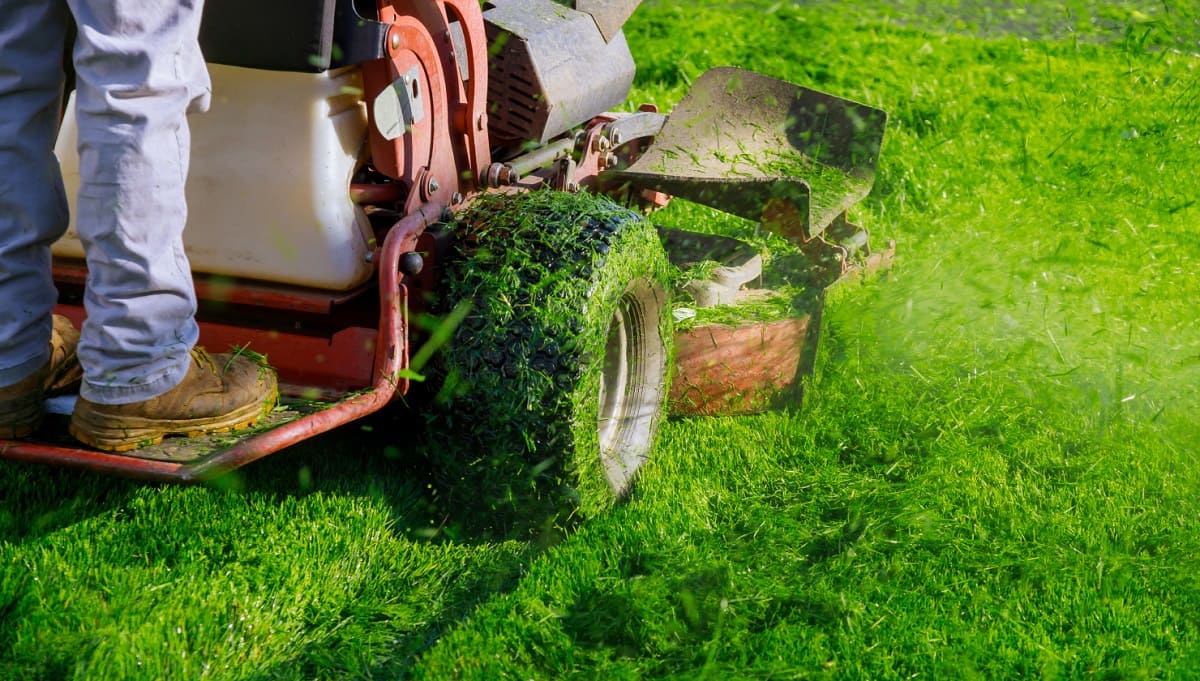
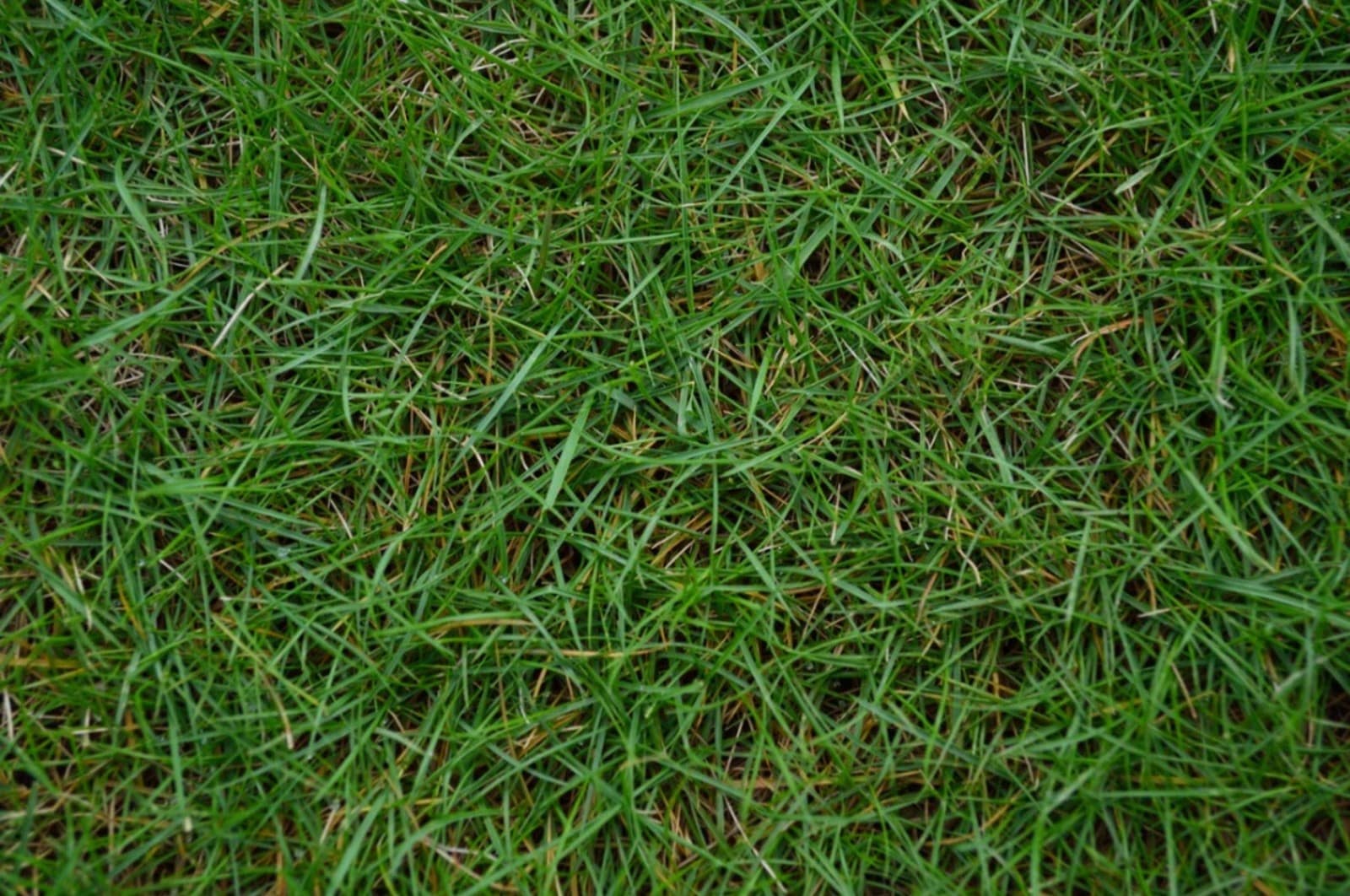
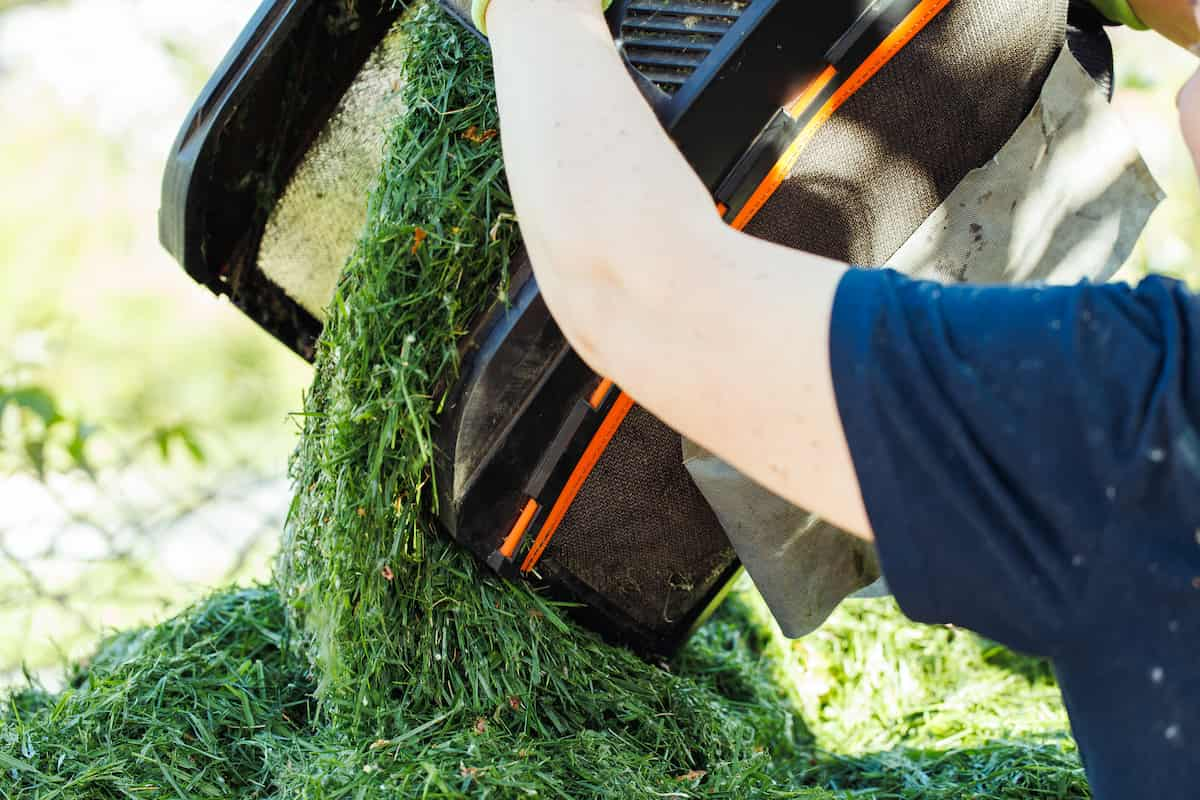
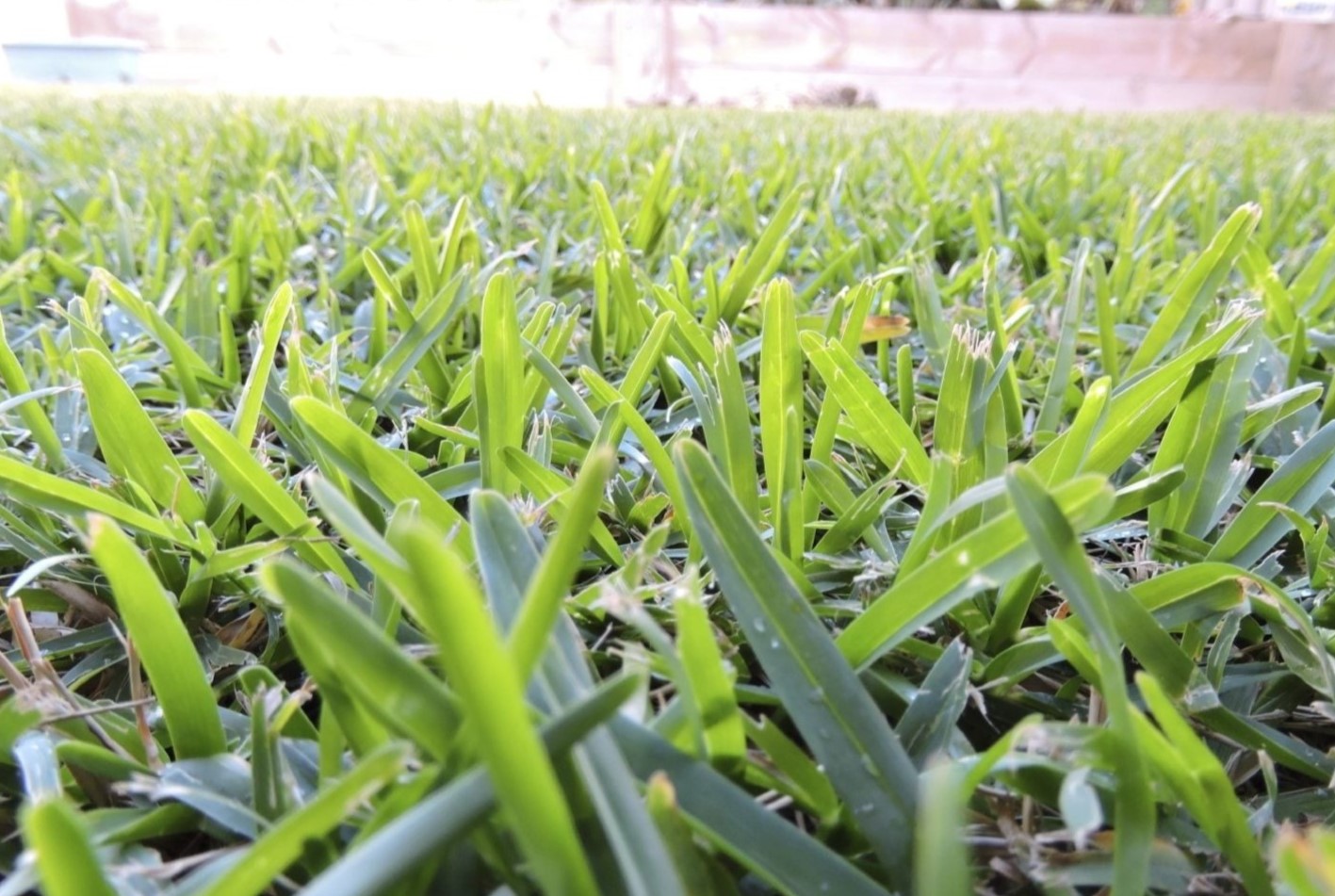

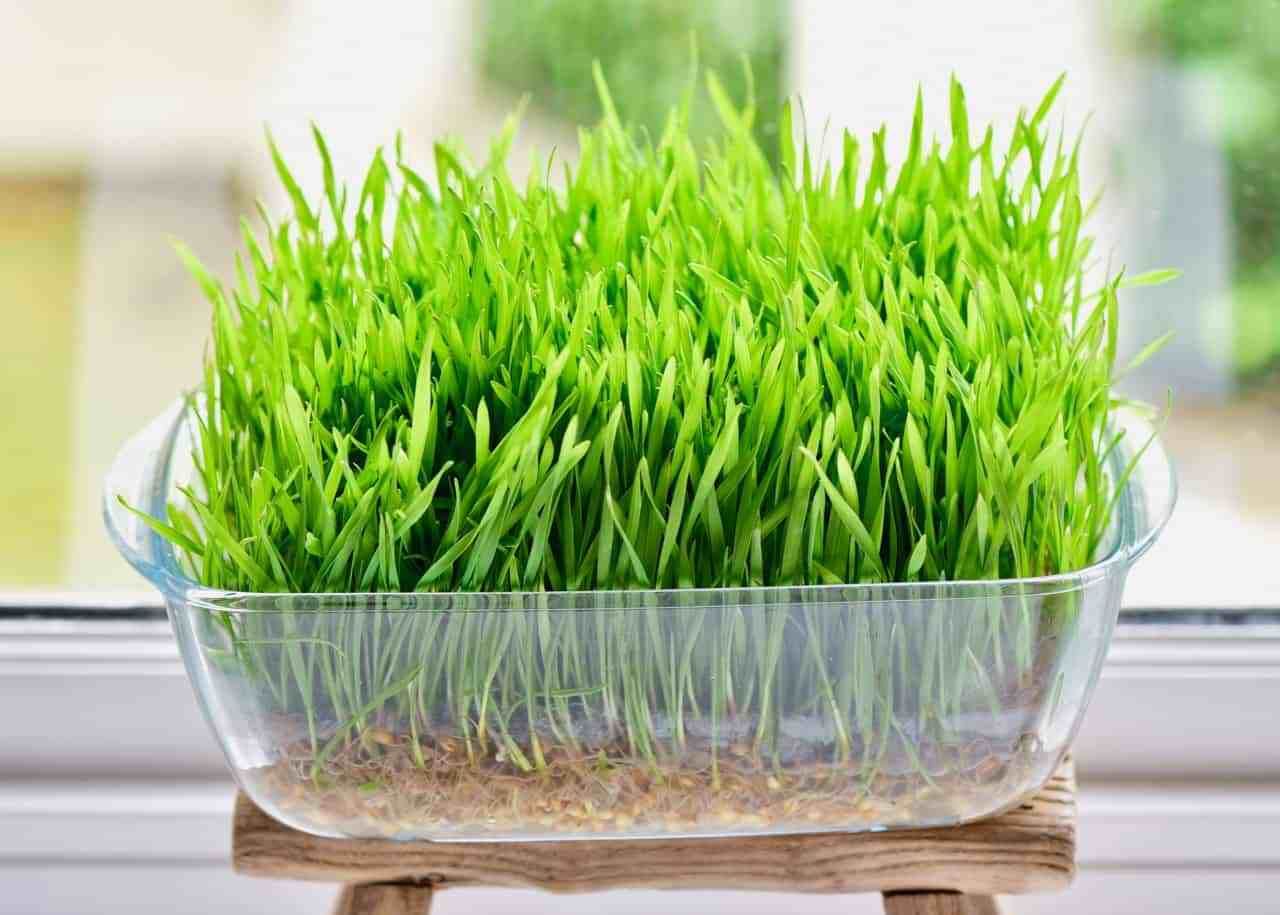
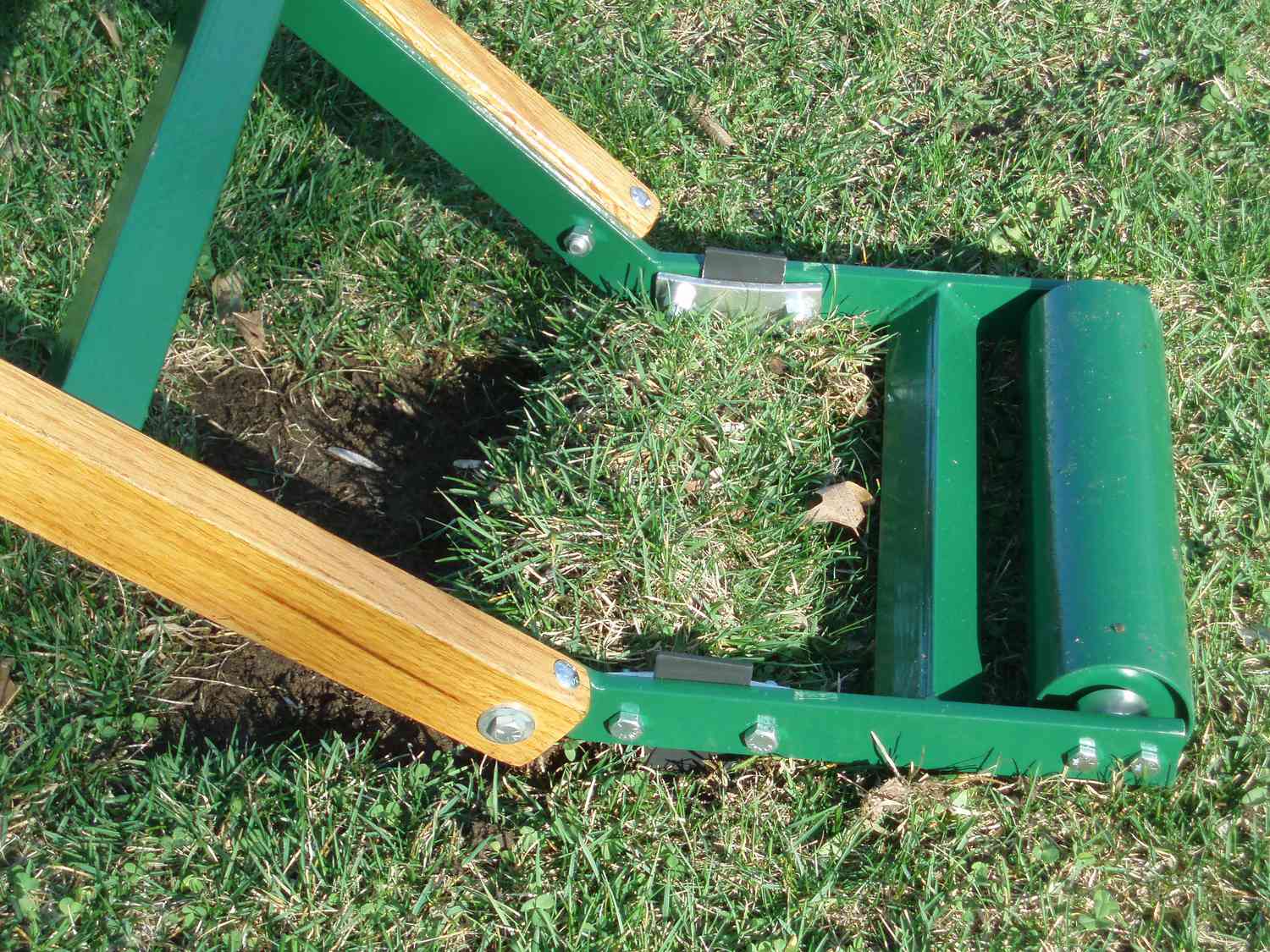
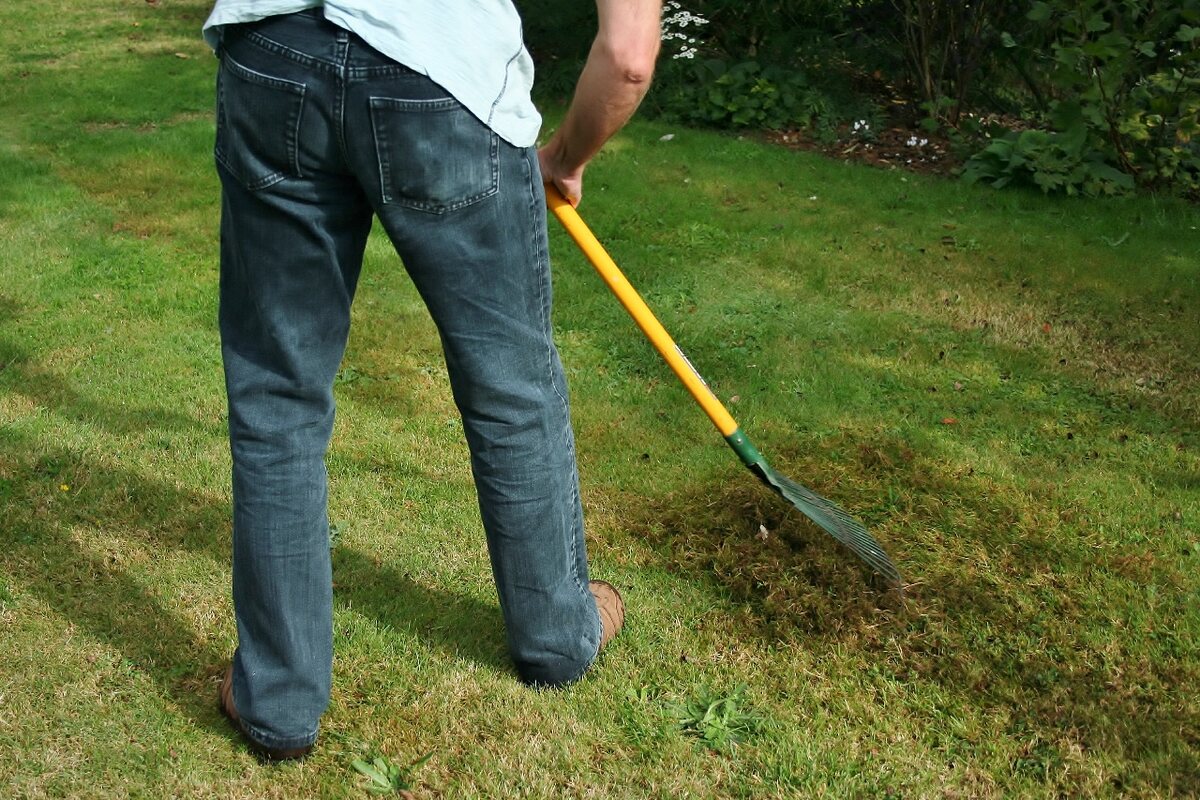

0 thoughts on “How To Grow Lawn Grass Fast”